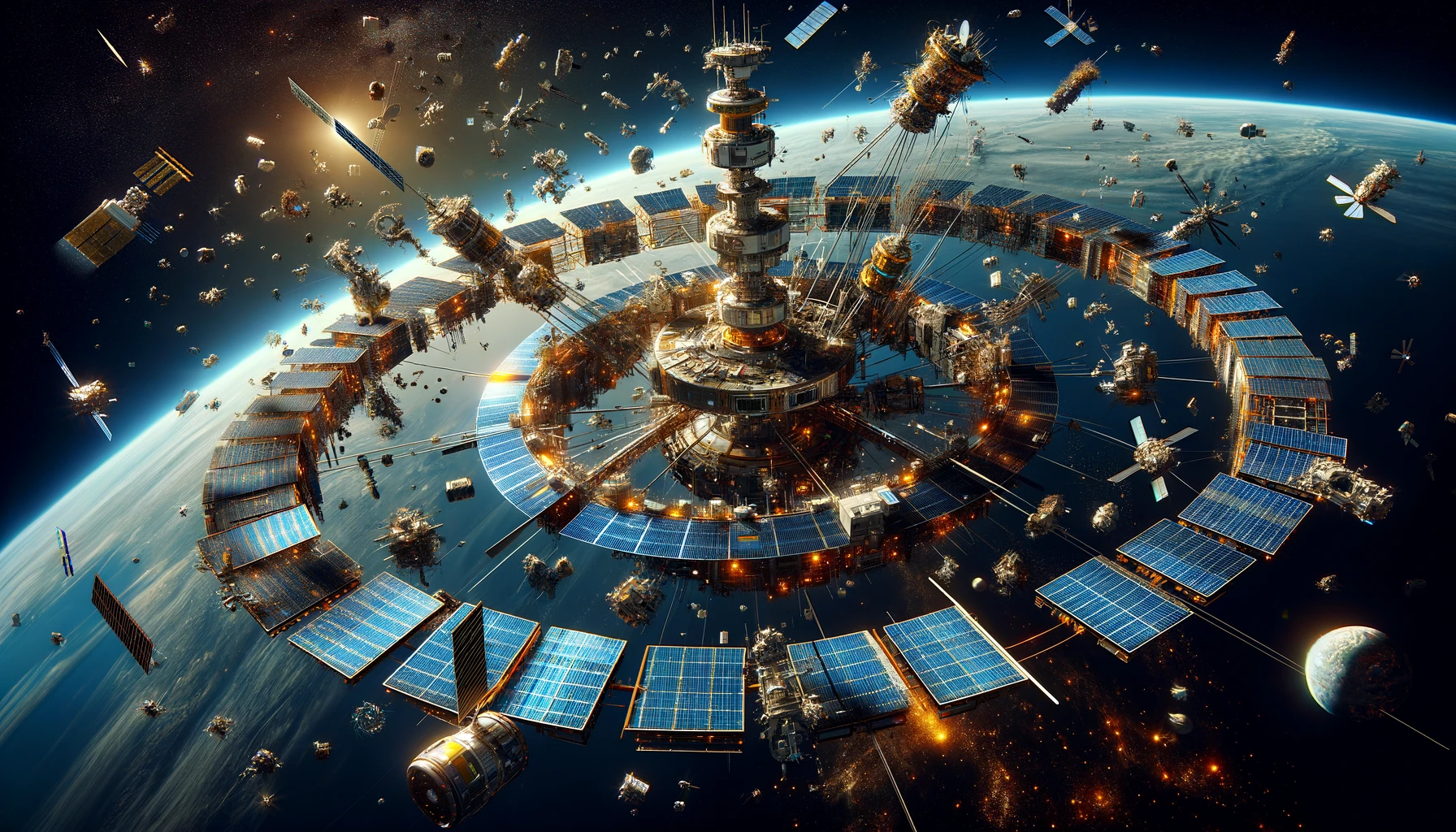NASA has introduced a comprehensive Space Sustainability Strategy to address the challenges of the increasingly congested and hazardous conditions in Earth’s orbit. Focusing on understanding the complexities of space debris and orbital risks, the strategy outlines six key objectives aimed at enhancing orbital safety, developing technological solutions, and fostering international collaboration for sustainable space operations. This initiative marks a significant step in managing the environmental impacts of space activities and ensuring the long-term sustainability of orbital environments.

NASA has unveiled a fresh strategy for space sustainability, focusing on the burgeoning challenges posed by the congested and hazardous conditions in Earth’s orbit. The agency emphasized the importance of first understanding these issues before developing technological solutions.
On April 9, NASA presented the initial part of a comprehensive Space Sustainability Strategy, outlining six objectives. These goals involve collaborating with the global space community to gain insights into the escalating debris risks in Earth’s orbit and finding ways to alleviate these dangers.
During the 39th Space Symposium, NASA’s Deputy Administrator, Pam Melroy, highlighted the strategy’s aim to address the complexity of space sustainability. She pointed out the need for a nuanced understanding, beyond common sense and intuition, to effectively tackle the issue.
The strategy’s primary objective is to develop a broadly endorsed framework for assessing space sustainability. This involves collaboration with both domestic and international partners to create a common understanding and approach.
Charity Weeden, NASA’s associate administrator for Technology, Policy, and Strategy, stressed the significance of this framework at a briefing, noting its inclusion of economic and technological considerations for sustainability. This complexity, she mentioned, mirrors the intricate nature of the problem at hand.
Melroy further explained that this framework would enable a better understanding of the consequences of simultaneous adjustments in various factors, identifying the most crucial uncertainties impacting space safety.
The strategy aims to foster significant advancements in monitoring and predicting space conditions, exploring innovative operational methods, and discovering cost-effective strategies to minimize debris generation while managing existing debris risks.
Melroy stated that technology development for space sustainability is a subsequent step, with the initial focus on understanding and managing the complexities and uncertainties of space operations.
NASA plans to create a technology portfolio addressing these challenges, including orbital debris management, improved space situational awareness, and traffic coordination. Additionally, the agency intends to develop plans for transitioning these technologies to broader space community use.
The strategy also encompasses updating NASA’s internal debris mitigation policies and enhancing support for active debris removal technologies. Melroy mentioned the need to expand the scope of NASA’s support in these areas.
Moreover, NASA aims to synchronize its efforts with other federal entities, commercial entities, and international space users. An example of this collaboration is the ongoing partnership with the Office of Space Commerce on the Traffic Coordination System for Space (TraCSS).
Lastly, NASA plans to appoint a director of space sustainability to spearhead the strategy’s implementation, with a cautious approach to discussing funding until a clear plan of action is established.
Melroy reiterated NASA’s dedication to science and technology in space sustainability, steering clear of regulatory or operational roles. She highlighted the urgency of addressing space safety, illustrated by a recent near-miss incident involving a NASA spacecraft and a defunct Russian satellite, underscoring the critical need for effective space sustainability measures.










